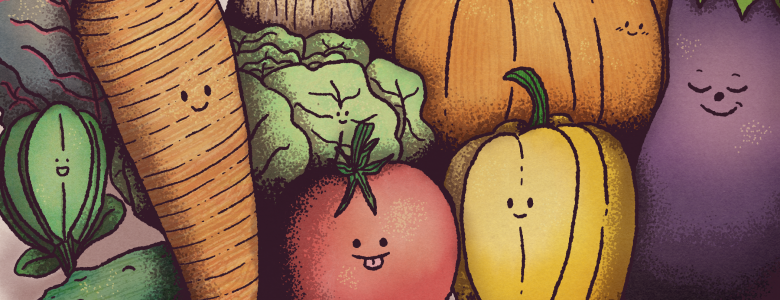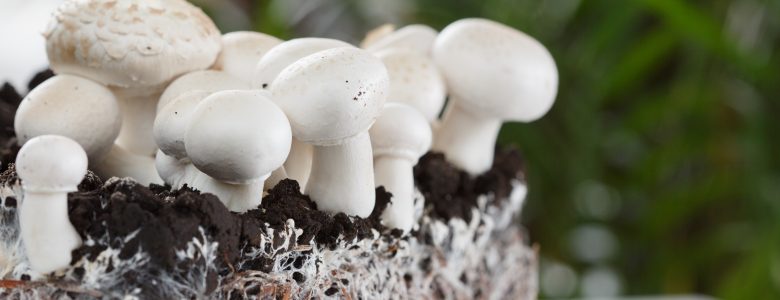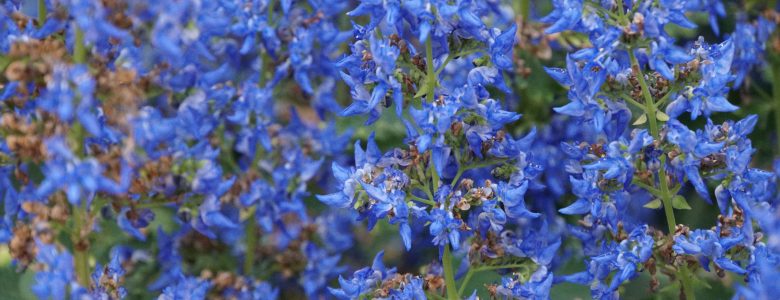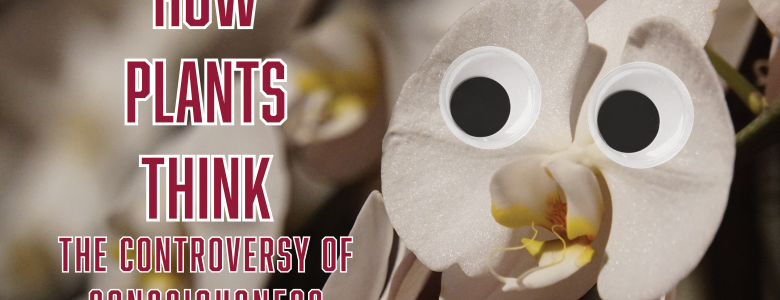May 14, 2021
Radiotrophic Fungi: The Fungus Among Us that Eat Radiation

Mushrooms: everybody’s favorite quirk of nature. From the psychedelic genus psilocybe and the Ophiocordyceps unilateralis that “mind control” ants, to the mushrooms that clean up oil spills and the mushrooms that may serve as planetary habitats, researchers have found yet another use for fungi: radiation protection.
“The greatest hazard for humans on deep-space exploration missions is radiation,” says a preliminary report in the bioRxiv journal. “Certain fungi thrive in high-radiation environments on Earth, such as the contamination radius of the Chernobyl Nuclear Power Plant… These organisms appear to perform radiosynthesis, using pigments known as melanin to convert gamma radiation into chemical energy. It is hypothesized that these organisms can be employed as a radiation shield to protect other lifeforms.”
Radiosynthesis runs parallel to photosynthesis — but instead of eating sunlight (UV radiation), these shrooms are eating gamma radiation. And it’s all possible through melanin, the same pigment that determines hair and skin color.








